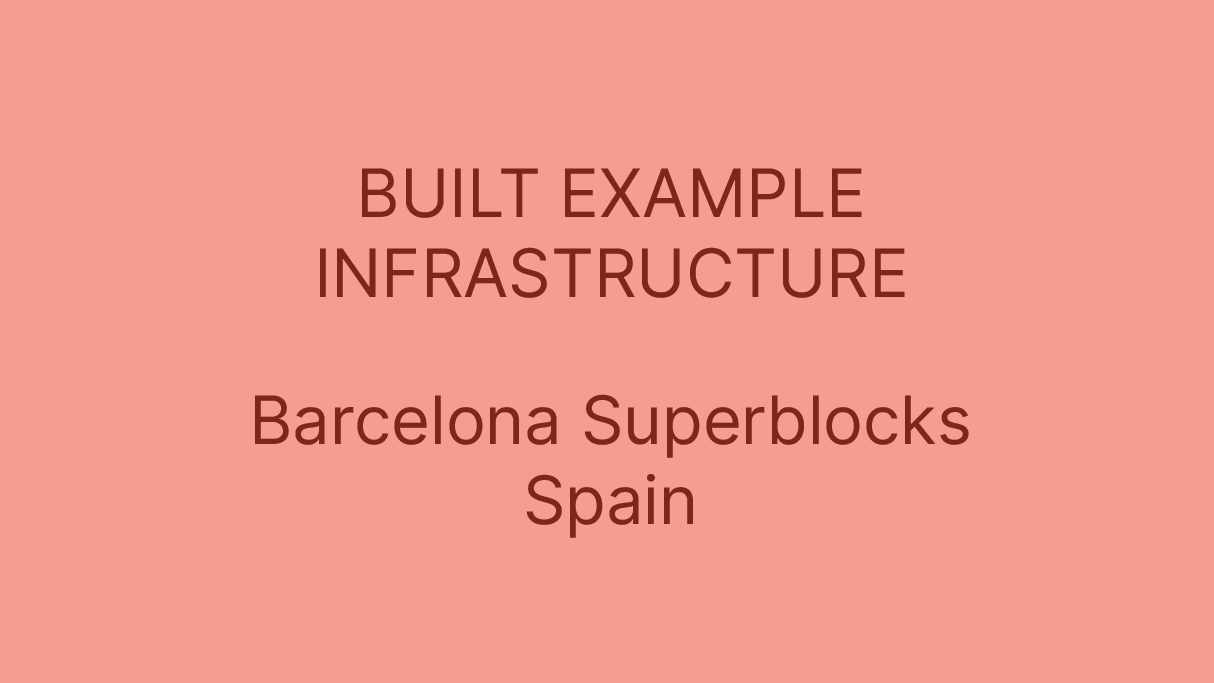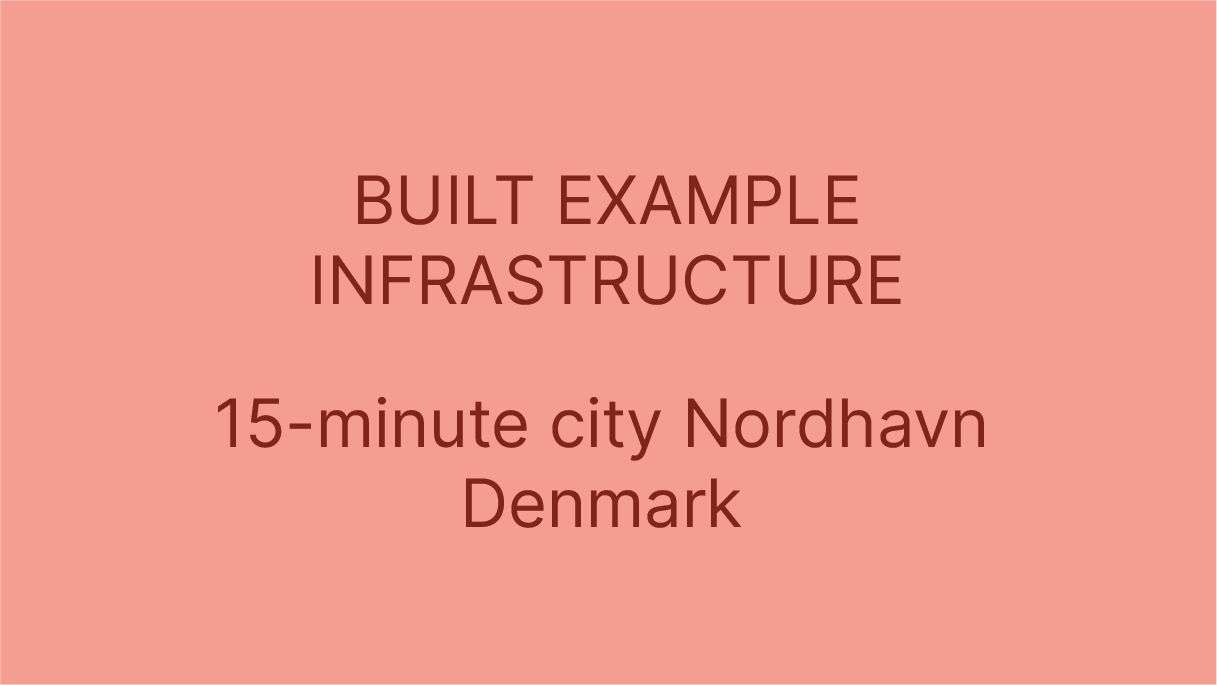Barcelona Superblocks
Barcelona Superblocks is an urban design principle that prioritises people over cars, improving the public realm of neighbourhoods, reducing reliance on vehicles and promoting alternative modes of transport. Subsequently this reduces pollution and CO2 emissions in the city of Barcelona while allowing for an increase in the levels of green space available for residents. The principle takes 9 city blocks and combines them into one Superblock bounded by major road networks. Within the Superblock people are given priority – two lane roads are reduced to one with the former car lane transformed into new green urban spaces.
Active architecture
Active architecture within the context of health and wellbeing Prioritises the creation of built environments that actively encourage physical activity and healthier lifestyles among occupants. This approach involves architectural design that incorporates elements promoting movement, exercise, and overall well-being. It directly contributes to physical health by making regular physical activities more accessible. Features like appealing, well-lit staircases, access to recreational facilities, and pedestrian-friendly urban planning encourage walking, cycling, and active commuting, reducing sedentary behaviours linked to chronic health issues. Moreover, active architecture fosters social well-being. Spaces designed to promote physical activity, like community parks, sports facilities, and pedestrian-friendly streets, provide opportunities for people to come together, socialise, and form connections, thereby improving mental and emotional health.
15-minute City Nordhavn
Nordhavn is a multi-phase urban transformation project in Copenhagen, Denmark. The redevelopment of this smart city neighbourhood began in the early 2000s and is an ongoing process that has aimed to create a sustainable and integrated urban environment. Historically, it was originally an industrial harbour area, serving as a hub for shipping and trade. But as activities shifted, there was an opportunity to redevelop the area for a more modern and sustainable purpose. The redevelopment has been divided into several phases, each focusing on different aspects of the neighbourhood, including residential, commercial, transportation, and public spaces. These phases have been implemented over time to ensure that the development aligns with sustainability goals, community needs, and changing urban planning standards.



